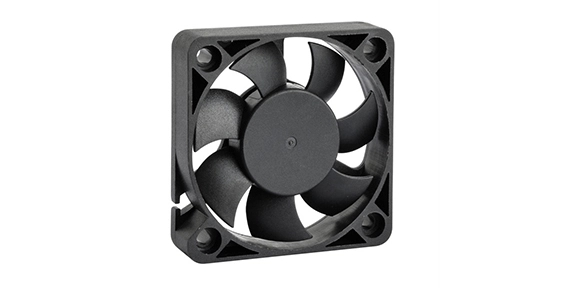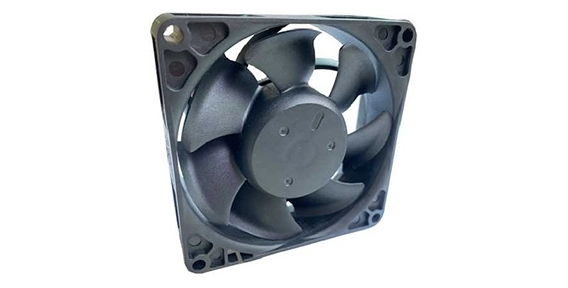In recent years, DC brushless motor fans have become increasingly popular in various industries due to their enhanced cooling efficiency and improved overall performance. These fans utilize cutting-edge cooling technologies to ensure optimal comfort and reliability. In this article, we will explore the various cooling technologies used in DC brushless motor cooling fans, compare the advantages of air cooling and liquid cooling, and discuss the factors that influence the cooling efficiency of these fans.
Various Cooling Technologies Used in DC Cooling Fans
DC brushless motor fans employ several cooling technologies to efficiently dissipate heat and maintain optimal operating conditions. One such technology is the axial cooling fan mechanism. Axial cooling fans generate airflow in a parallel direction to the axis of rotation, ensuring effective cooling across a wide area. This technology is particularly suitable for high airflow applications such as server rooms and industrial environments.

Another cooling technology commonly used in DC cooling fans is the use of advanced blade designs. These fans incorporate aerodynamic blade profiles that maximize airflow while minimizing noise levels. This results in improved cooling performance without compromising on comfort or efficiency.

Comparison between Air Cooling and Liquid Cooling in DC Cooling Fans
Air cooling and liquid cooling are two primary methods used to dissipate heat in DC brushless motor cooling fans. Air cooling, as the name suggests, relies on the circulation of air to transfer heat away from the components. This method is cost-effective, lightweight, and relatively easy to implement. However, in high-heat applications, air cooling may not provide sufficient cooling efficiency, which can lead to performance degradation or even component failure.
On the other hand, liquid cooling utilizes a closed-loop system where a liquid coolant absorbs heat from the components and is then circulated through a radiator to dissipate the heat. Liquid cooling offers superior cooling performance, especially in high-heat applications, and can maintain more stable operating temperatures. However, it requires additional components and can be more expensive to implement and maintain.
Factors Influencing the Cooling Efficiency in DC Cooling Fans
Several factors play a crucial role in determining the cooling efficiency of DC brushless motor fans. Firstly, the fan speed and airflow rate significantly impact the cooling performance. Higher fan speeds and greater airflow rates generally result in improved heat dissipation. Additionally, the design and efficiency of the cooling mechanism, such as blade shape and fan size, also affect the cooling efficiency.
The ambient temperature and environment in which the fan operates also contribute to its cooling efficacy. Hotter ambient temperatures can diminish the overall cooling capacity of the fan, while a clean and well-ventilated environment promotes better performance. Furthermore, factors like fan placement, obstruction, and dust accumulation on the blades can hinder airflow and reduce cooling efficiency.
The adoption of DC brushless motor fans has revolutionized comfort and cooling in various industries. With their advanced cooling technologies such as axial cooling fans and optimized blade designs, these fans provide efficient heat dissipation while maintaining low noise levels. The choice between air cooling and liquid cooling depends on the specific application requirements, with liquid cooling offering superior cooling performance in high-heat environments. However, factors such as fan speed, airflow rate, ambient temperature, and fan placement also influence the overall cooling efficiency. As technology continues to advance, the future of comfort with DC brushless motor fans looks promising, ensuring optimal cooling solutions for a wide range of applications.

 EN
EN 

 +
+
 +
+
 +
+



